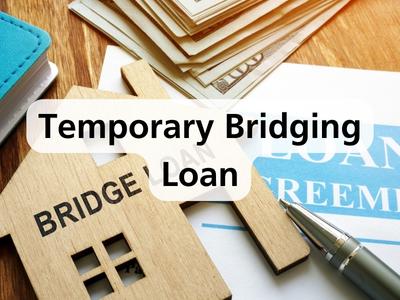Understanding the Temporary Bridging Loan

With the latest extension of the Temporary Bridging Loan, eligible companies now have the chance to borrow up to $1 million for a period of five years. It’s worth noting that the interest rate on the Temporary Bridging Loan is capped at 5.5%, reassuring businesses that it won’t go any lower.
To ensure interest rates remain low and to motivate banks to grant these loans, the Singapore government is sharing 70% of the risk. Although companies are expected to repay the complete loan amount plus interest, the risk-share provision steps in when companies fail to meet the full repayment (i.e., in the case of default).
Where Can You Apply for a Temporary Bridging Loan?
If you’re considering a Temporary Bridging Loan, there are 18 financial institutions at your service. Some banks, like OCBC, even offer particular advantages such as a 50% discount on your facility cost (up to $500) when you apply for this loan.
Who Can Apply for a Temporary Bridging Loan?
Firstly, your business needs to meet certain criteria to be eligible for a Temporary Bridging Loan:
- The company needs to be at least 30% owned by Singaporeans or Permanent Residents.
- The company can be any of the following entities: Sole Proprietorship, Partnership, Limited Liability Partnership, or Company.
- The company must have been registered and physically operating in Singapore for at least six months.
Understanding Personal Guarantee Requirements
It’s important to know that business owners might need to pledge a 100% personal guarantee when applying for a Temporary Bridging Loan. As per Enterprise Singapore (ESG), this not only offers a form of security, but it also signals the guarantor’s commitment to the loan obligation.
If your company finds itself unable to pay back the loan, the bank will first enact its typical commercial recovery procedures, before tapping into any unrecovered funds from Enterprise Singapore (ESG).


